the UCLA Chicano Studies Research Center,
the Arhoolie Foundation,
and the UCLA Digital Library
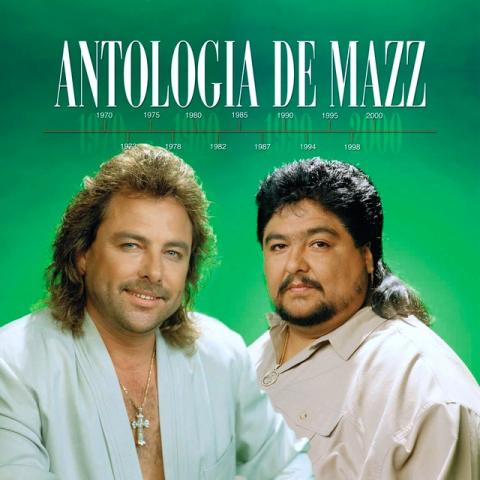
Jimmy Gonzalez and Joe Lopez seemed destined to be friends and partners. The two were born on the same day, 30 minutes apart, at the same hospital in Brownsville, Texas. It was August 28, 1950. They lived across the street from each other and graduated together in 1969 from Brownsville High School (now Homer Hanna High).
By then, Gonzalez and Lopez had already launched their mutual musical careers. They were still underclassmen when they started a band, Little Joe’s Group, which soon went through various incarnations and name changes (including Los Glares). But it would be another decade before the pair would launch Mazz, the group that would bring them fame and leave a lasting impact on Tejano music at the end of the 20th century.
“The secret to Mazz has always been the sharp musical punch (rhythmic cumbias and melodic polkas) that are engineered by guitarist/producer Jimmy Gonzalez and the appealing vocals and looks of front man Joe Lopez, who has a passing resemblance to the actor Tom Selleck,” writes Ramiro Burr in his Billboard Guide to Tejano and Regional Mexican Music. “Although not first to do so, Mazz was credited with utilizing the synthesizer and blending rock ‘n’ roll influences into traditional Tejano music in the 80s.”
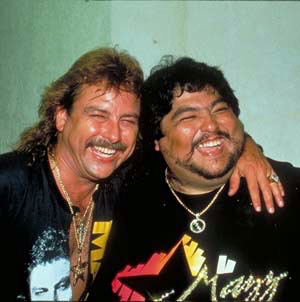 After high school, the friends went their separate ways for a few years. Lopez was drafted in 1970 and served a two-year stint in the Army. Upon his return in 1974, he joined Los Fabulosos Cuatro, a trend-setting group that had been formed 10 years earlier in McAllen, Texas. The following year, Lopez took time off to study criminal justice at Brownsville’s Texas Southmost College, an ironic sabbatical considering his subsequent criminal record for sexual assault.
After high school, the friends went their separate ways for a few years. Lopez was drafted in 1970 and served a two-year stint in the Army. Upon his return in 1974, he joined Los Fabulosos Cuatro, a trend-setting group that had been formed 10 years earlier in McAllen, Texas. The following year, Lopez took time off to study criminal justice at Brownsville’s Texas Southmost College, an ironic sabbatical considering his subsequent criminal record for sexual assault.
Lopez and Gonzalez teamed up again in 1977 to form a new band that would propel them to stardom. One night during a performance at a local hotel, they were spotted by industry executives Bob Grever and Luis Silva. The pair quickly signed the group to Cara Records, a powerful Tejano independent label that also featured superstar Selena on its roster.
The collaboration proved fruitful. Grever, the grandson of prolific Mexican songwriter Maria Grever, would become the most powerful record label executive in Texas during the 1980s. Silva, who worked as the label’s promotion manager, was also a prolific songwriter who penned more than 80 tunes for Mazz, many of them hits. Together, they made Cara Records so successful it became known as the Motown of Tejano music.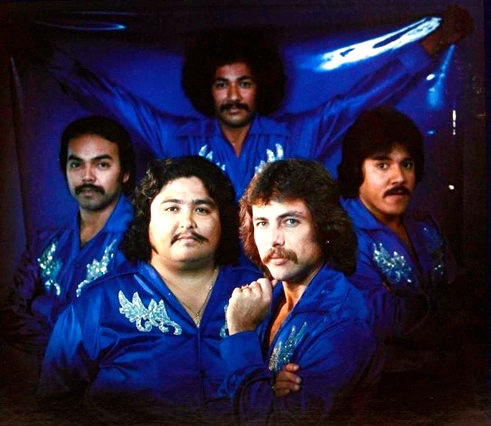
To start, the label executives urged the musicians to come up with a short, snappy name for their band. It was christened Mazz in 1977, inspired in part by the logo of rock group Kiss, with its angular double S.
Fame did not come overnight. According to Burr, the band’s first two albums received little notice. But their third LP in 1981 contained the hit that put Mazz on the map, Silva’s “Laura Ya no Vive Aqui” (Laura Doesn’t Live Here Anymore).
Four years later, the band released an album considered a benchmark of the genre. Titled Number 16, it reached No. 4 on Billboard’s national Latin album chart and yielded several hits, including “Porque Te Quiero,” “Perdoname,” and "Porque (sic) Dios Mio" (spelled without punctuation), a tale of heartbreak that brought fans to tears.
The band’s trademark style featured a fusion of genres – rancheras, cumbias, romantic boleros – and the prominent use of synthesizer to replace the horns typically used in Tejano. Gonzalez, the band’s arranger who was influenced by the horn-heavy sound of Sonny Ozuna, once told an interviewer that he got the idea for using synthesizer from Al “Chato” Chavarria of Grupo Mayo.
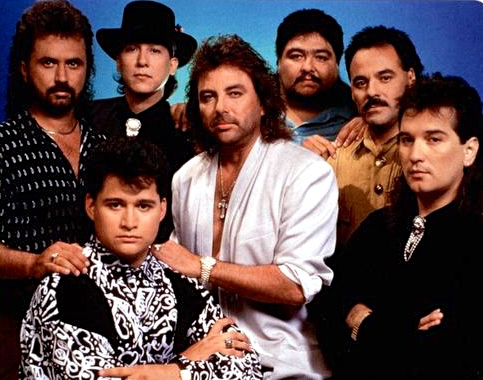 In 1990, Cara Records was purchased by EMI Latin, part of the global music conglomerate. The merger set the stage for a decade considered the golden era for Mazz and Tejano music. Two years later, the band released Lo Haré Por Ti, which Burr called “an album that showed a band at the peak of its creative power.”
In 1990, Cara Records was purchased by EMI Latin, part of the global music conglomerate. The merger set the stage for a decade considered the golden era for Mazz and Tejano music. Two years later, the band released Lo Haré Por Ti, which Burr called “an album that showed a band at the peak of its creative power.”
The decade also saw the band breaking barriers with newfound popularity south of the border, where Tejano music had previously made few inroads. Gonzalez attributed the group’s crossover success in Mexico to hits like "No Te Olvidaré," a schmaltzy pop love song written by Lopez.
Mazz also started drawing large crowds to live performances, which featured light shows and high-end sound systems.
“By the mid-80s, Mazz had a reputation as one of the best live acts in the business, just as a new ‘MTV generation’ of young viewers was expecting killer visuals to go along with the music,” writes Doug Shannon on La Onda Network, a regional music website. “Mazz was regularly selling out dances in the Southwest, and the stage was set for them to work their magic in Mexico.”
And so they did. In two consecutive years, 1991 and 1992, the band co-headlined arena-style outdoor concerts in Monterrey, Nuevo Leon, each attended by “50,000 screaming fans,” notes Shannon. The group also released a live double-CD, Una Noche Juntos, recorded at a sold-out show in San Antonio. A track from the album, “Que Me Lleven Canciones," won Song of the Year at the 1992 Tejano Music Awards.
The band’s success, however, was marred by controversies. They began showing up late for gigs, or sometimes not at all. At some shows, they played short sets and seemed to be going through the motions. They also took the rock-star ethos into their private lives, earning a reputation as party animals and making Lopez the subject of paternity suits, according to Burr’s book.
The band became known as the Bad Boys of Brownsville.
But by 1998, the party was over. Lopez and Gonzalez went their separate ways, each fronting their own bands.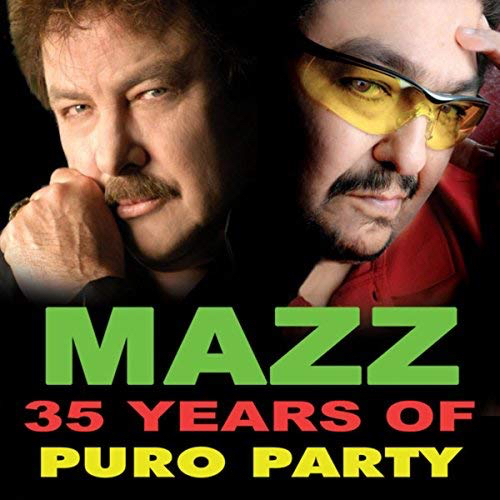
They continued to find success individually, but trouble also followed them.
In 2006, Lopez was convicted of raping his niece, Krystal Lopez, who was 13 at the time of the assault in the singer’s condo. He was sentenced to 20 years in prison but earlier this year was released on parole, which required him to register as a sex offender.
Meanwhile, Gonzalez struggled with health problems related to his diabetes and obesity. In his later years, he was forced to use an electric scooter to get around and had to sit down during performances.
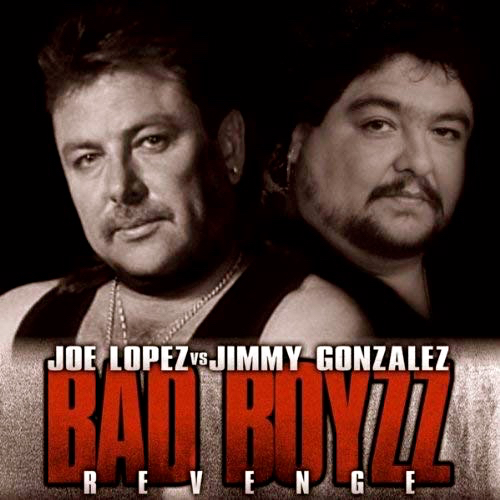 Despite the problems, both Lopez and Gonzalez continued to work on their music. While in prison, often isolated from other inmates, Lopez wrote scores of new songs. And in April of this year, Jimmy Gonzalez y Grupo Mazz released a new album on Freddie Records, which includes a heartfelt version of Paul McCartney’s “The Long and Winding Road.”
Despite the problems, both Lopez and Gonzalez continued to work on their music. While in prison, often isolated from other inmates, Lopez wrote scores of new songs. And in April of this year, Jimmy Gonzalez y Grupo Mazz released a new album on Freddie Records, which includes a heartfelt version of Paul McCartney’s “The Long and Winding Road.”
On June 6, 2018, Gonzalez passed away from heart failure at a San Antonio hospital. He would have turned 68 next month. In the wake of the news, some radio stations in San Antonio started airing the music of Mazz round the clock. And the following day, an emotional Lopez in his first television interview since being released from prison, lamented that the death had dashed hopes for a possible reunion with his lifelong friend. The last time the pair performed together was during a reunion tour in 2006, after a ten-year hiatus, culminating with two concerts in Dallas that produced a CD and DVD, The Last Dance: Mazz Live Reunion.
Gonzalez once expressed regret that his mother had died before he became famous. She had sparked his early interest in music by buying his first guitar at a pawn shop when he was 16.
"My mom never saw that I had success,” the musician told Shannon in an interview. “She used to say someday I'd be on TV playing my songs. I talk to her every day."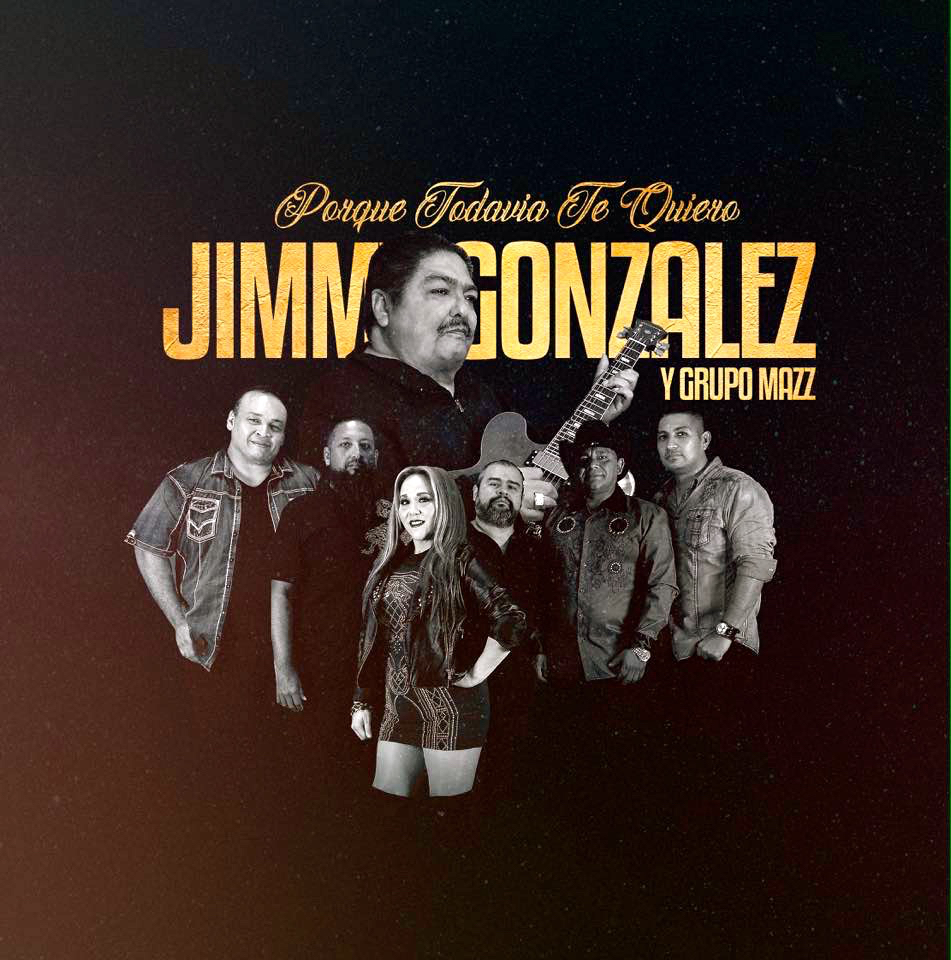
During its 20-year run, Mazz accumulated a record-setting number of awards in its field. The ban won Latin Grammys for Best Tejano Album in four consecutive years, 2001 to 2004, then again in 2009, racking up the most wins by any artist in the category. The band also took home more than two dozen trophies in the Tejano Music Awards.
Mazz left a lasting legacy with a distinctive sound that reshaped Tejano music. Singer-songwriter Juan Treviño, who contributed two numbers to Gonzalez’s last album, reflected on the band’s impact after the death of its co-founder and creative force.
"It's a sad day for the Tejano industry and for Texas music,” said the award-winning songwriter. “We lost a true icon. He created a unique sound that set Mazz apart from everyone else. To this day, if you hear the intro to any of their songs on the radio, you would immediately say, 'That's Mazz.' "
Add Your Note